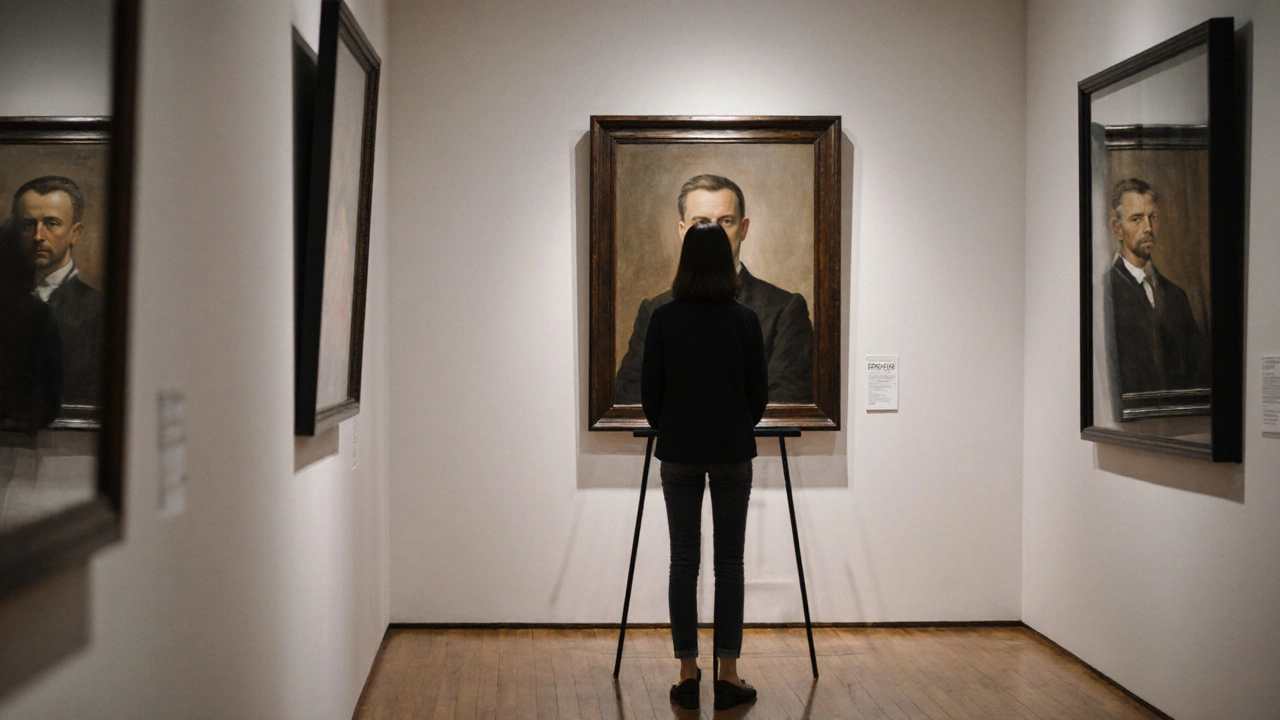Painting Price: What You Really Pay for Original Art and Why
When you hear painting price, the amount someone pays for an original artwork, often influenced by materials, size, artist experience, and market demand. Also known as art valuation, it’s not just about how much canvas was used—it’s about the time, skill, and story behind the brushstrokes. A small portrait by a local artist might cost £200. A large oil painting by someone with gallery representation? That could jump to £2,000 or more. And yes, that difference isn’t random. It’s built on real factors you can understand, even if you’re not an art dealer.
One big piece of the puzzle is portrait painting size, the physical dimensions of a painted face or figure, which directly affects material costs and labor time. Bigger canvases need more paint, more prep, and more hours sitting in front of the easel. That’s why a 16x20 inch portrait isn’t just ‘a little bigger’ than an 8x10—it often costs nearly double. Then there’s the oil painting, a traditional medium known for its rich color, slow drying time, and durability, which commands higher prices than acrylic or watercolor. Why? Because oil requires more skill to handle, takes weeks to finish properly, and lasts centuries if cared for. That’s not just paint—it’s an investment in permanence.
And don’t forget the artist. Someone who’s shown in galleries, taught at universities, or has collectors lining up? Their work carries weight. But even emerging artists charge based on effort. A painting isn’t just a thing you hang on the wall—it’s a record of someone’s focus, their mistakes, their revisions. That’s why you’ll see posts here about alla prima, a direct wet-on-wet technique that speeds up painting but still demands precision, or the three-bucket rule, a color mixing system artists use to keep tones consistent across large works. These aren’t just tricks—they’re systems that add value by reducing waste and improving quality.
What you’re really paying for isn’t the frame or the canvas. It’s the hours spent getting the eyes right, the patience to wait for layers to dry, the risk of starting over when the composition doesn’t work. You’re paying for someone who turned a blank surface into something that makes you feel something. And that’s worth more than a print ever could.
Below, you’ll find real guides from artists and buyers who’ve been through it—how to pick the right size, why varnish matters for long-term value, what makes a portrait worth thousands, and how to tell if a price is fair. No fluff. Just what you need to know before you buy—or create—your next painting.

26 Oct 2025
Learn how to assess a reasonable painting price by exploring size, medium, artist reputation, provenance, and market channels with practical steps and real‑world price benchmarks.
Continue reading...
